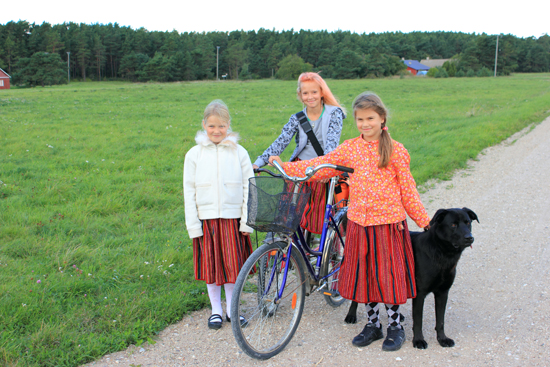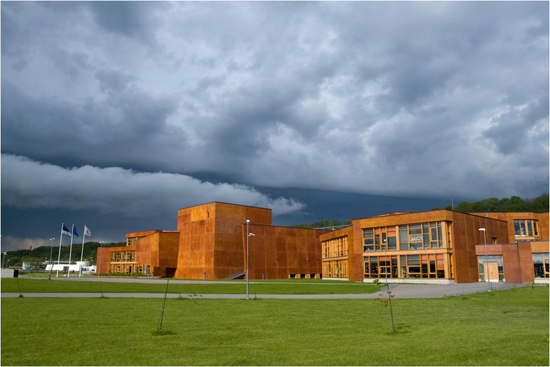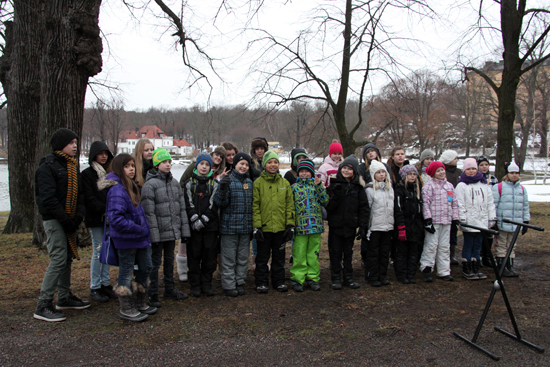Introduction
Children in Estonia are required to attend school for 9 years, from the ages of 7 to 15. Homeschooling is legal, as long as parents apply annually at the school where their child is registered. Schools assess homeschooled children at least once a semester, and children who fail to meet the expectations of the national curriculum must attend school.
The languages of instruction in the country are Estonian, Russian, and English, with Estonian becoming more dominant. Boys and girls are educated together, and uniforms are typically not required.
Formal Structure of the School System
Preschool
Type of school: Preschool
Length of program: 4 years
Age: 3 to 6 years
Basic
Type of school: Põhikool (Basic school)
Length of program: 9 years
Age: 7 to 15 years
Final award: Põhikooli löputunnistus (Basic School Leaving Certificate)
General Secondary
Type of school: Gymnasium (General secondary school)
Length of program: 3 years
Age: 16 to 18 years
Final award: Gümnaasiumi lõputunnistus (Secondary school leaving certificate)
Vocational Secondary
Type of school: Vocational education institution
Length of program: 3 years
Age: 16 to 18 years
Final award: Tunnistus põhihariduse baasil kutsekeskhariduse omandamise kohta (Certificate on Acquiring Secondary Vocational Education Based on Basic Education)
Estonian basic education is divided into three cycles of three years each, and may be obtained in primary schools, basic schools, or upper secondary schools that offer basic school classes. In order to graduate, basic school students must pass three graduation examinations, including examinations on Estonian language and literature (or Estonian as a second language), mathematics, and a subject chosen by the student.
Admissions to upper secondary schools are based on admission tests and grades from basic school. Once students graduate from upper secondary schooling, they must sit for riigiesamid (state entrance examinations) in order to access higher education institutions. Some institutions may require additional entrance examinations.
School Timetable
The Estonian academic year runs from September to June, with a long vacation from July to August. Children attend school for at least 175 days, or 35 weeks, a year.
Grading System
Most secondary schools in Estonia grade student performance on a five-point numerical scale. On this scale, 5 is the highest grade possible, or väga hea (very good); 4 is hea (good); 3 is rahuldav (satisfactory); 2 is puudulik (incomplete); and 1 is nõrk (weak), or a failing grade.
Most higher education institutions use a similar scale, which runs from 5 to 0. On this scale, 5 is the highest score, 1 is the minimum passing grade, and 0 is a failing grade. Some colleges and universities use a percentage scale for grading purposes, on which 51 is the minimum passing grade.
Cost of Schooling
Estonia has a legal guarantee of free education. The state covers the expenses of teachers’ salaries and the cost of buying textbooks, and has guaranteed the right to use the school’s buildings, rooms, library, learning, sports, technical, or other facilities for extracurricular activities" without any charge. Typically, parents are only required to buy school supplies.
Special Schools
Special needs education requirements are set by separate national curricula that cover nursery schools, basic schools, and upper secondary schools. Children with special needs from the ages of seven to 20 can study in mainstream schools, special classes, or special schools. While special needs children are recommended to a suitable school, group, class, or curriculum by a committee that includes a special education teacher, speech therapist, psychologist, and social worker, parents can decide whether their child will attend a special school or a mainstream school.
Children with special needs are often placed in separate classrooms in state and municipal schools, with different classes established to accommodate particular disabilities and difficulties (e.g., physical and sensory disabilities, learning difficulties, speech impairments, mental disorders, etc.). A type of class called a tasandusklass (opportunity class) exists for students with learning difficulties, while students with learning disabilities may be enrolled in an abiklass (supplementary assistance class), toimetulekuklass (coping class), or hooldusklass (nursing/maintenance class), based on the severity of the disability.
A number of supports are available in the mainstream school system, including individual curricula, remedial groups, speech therapy, day groups, home study, and boarding school facilities.
There are 48 schools for students with special needs in Estonia; these are intended for physical disabilities, speech impairments, sensory or learning disabilities, or mental disorders, as well as those with serious behavioral problems.
Curriculum
Estonia has three national curricula: one for basic schools and upper secondary schools, a simplified version for special education within basic schools, and one designed for students with moderate to severe learning disabilities. While Estonian is the dominant language of instruction, many schools may use Russian or other foreign languages as the medium of instruction, and students in these schools are required to learn Estonian as a second language (although this is gradually changing in favor of Estonian). Students whose mother tongue is Estonian are required to learn a foreign language, in particular English, Russian, German, or French.
Other compulsory subjects at the basic school level include mathematics, natural science, geography, biology, chemistry, physics, history, human studies, social studies, music, art, and physical education. Upper secondary schools employ the national curriculum as the basis of their individual curricula.
Haridus- ja Teadusministeerium (Ministry of Education and Research)
Munga St. 18
50088 Tartu
Estonia
Tel: [372] 735 0222
Email: hm@hm.ee
Web: www.hm.ee
Copyright © 1993-2025 World Trade Press. All rights reserved.





